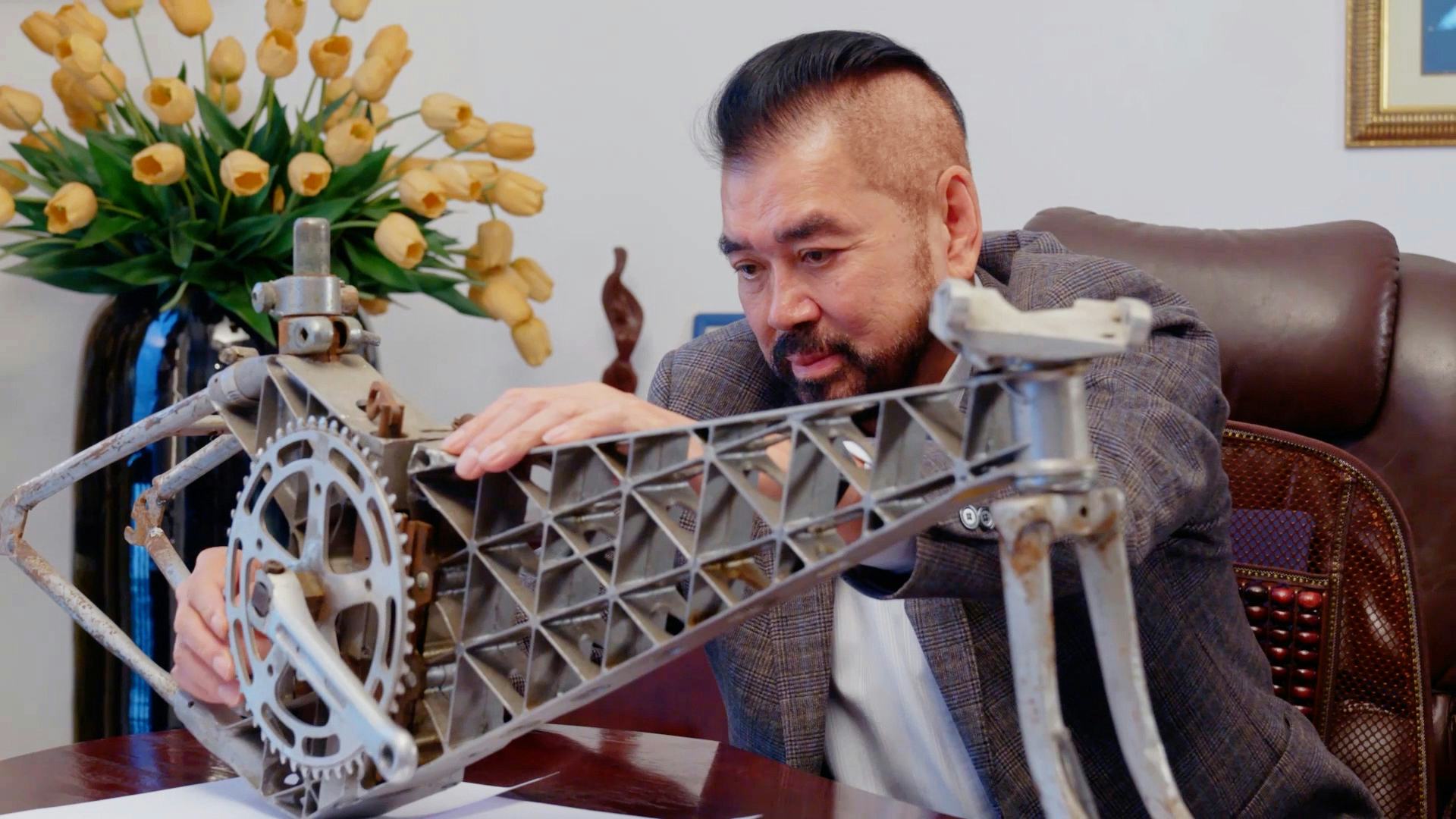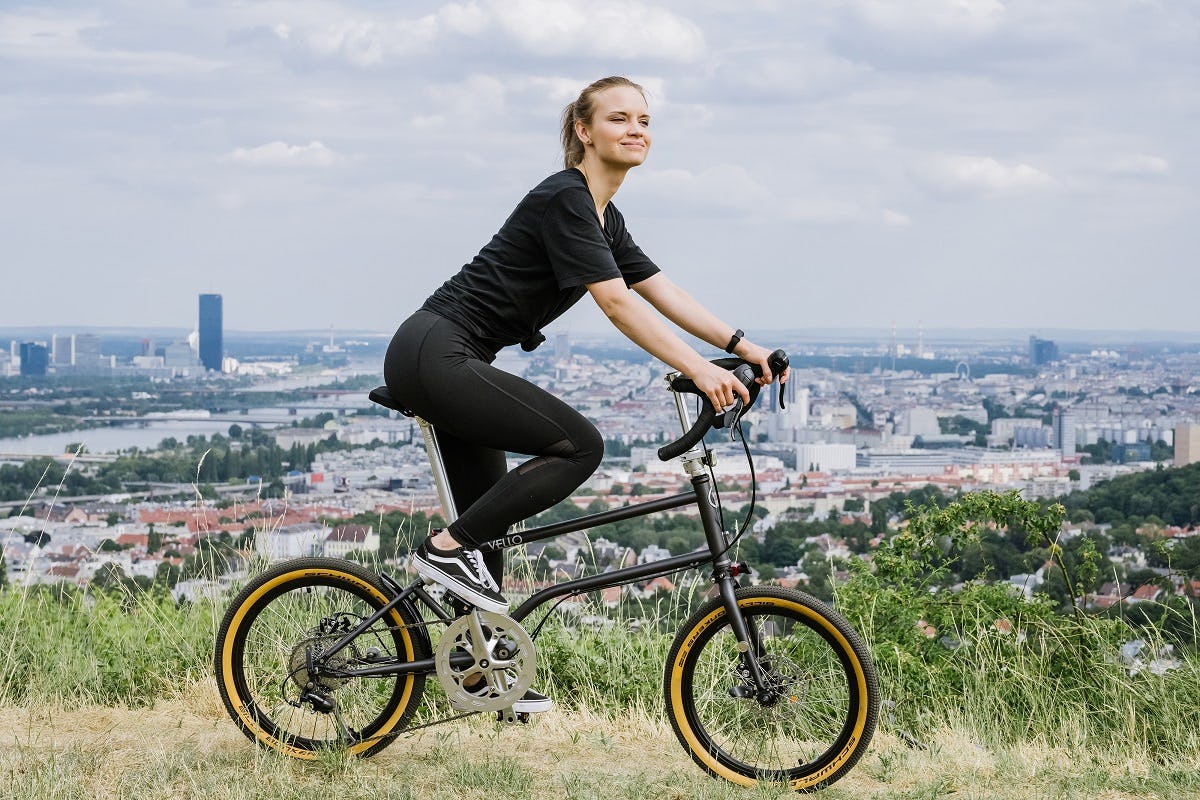The traditional "safety bicycle," with tubular front and rear triangles, has been the standard design since the late 19th century. While this structure has proven successful, exceptions have emerged with the introduction of folding bikes and soft-tail mountain bikes.
Dr. Hon is a physicist, who has done research with the aims to address these design challenges and to provide remedies to enhance performance across all bike categories. Focusing on the bottom bracket (BB) as a key component in frame flex, he has developed a model that correlates BB movements with pedaling force.
Such relationship between BB movements and the pedaling force is highly relevant to the frame flex. Using a modified EU CEN testing platform, 45 bikes of various types were tested for flex energy and pedaling efficiency.
The results are found to be corroborated with riding experiments. The results revealed important findings (some surprising, some not at all) including:
- Smaller wheels and frames, as well as triangulated frames, are stiffer;
- BMX bikes were found to be the stiffest;
- The Deltech cable, which links the head-tube to the BB, significantly improves stiffness and speed for single-tube folding bikes, outperforming all tested big-wheeled bikes. Deltech stands out as a superbcure for single-tube folding bikes;
- Soft tail bikes exhibited excessive flexibility in the rear axle, with the BXX folding bike identified as the softest due to its exceptionally low rear suspension pivot(widely known in industry, causing the bike to bop seriously while pedaling;
- Softer bikes were up to 15% slower than stiffer bikes when climbing a steep 20° hill.
Dr. Hon emphasizes the importance of propulsion efficiency in bicycle frame design for racing, climbing, and commuting.
This article is sponsored by Dahon.









